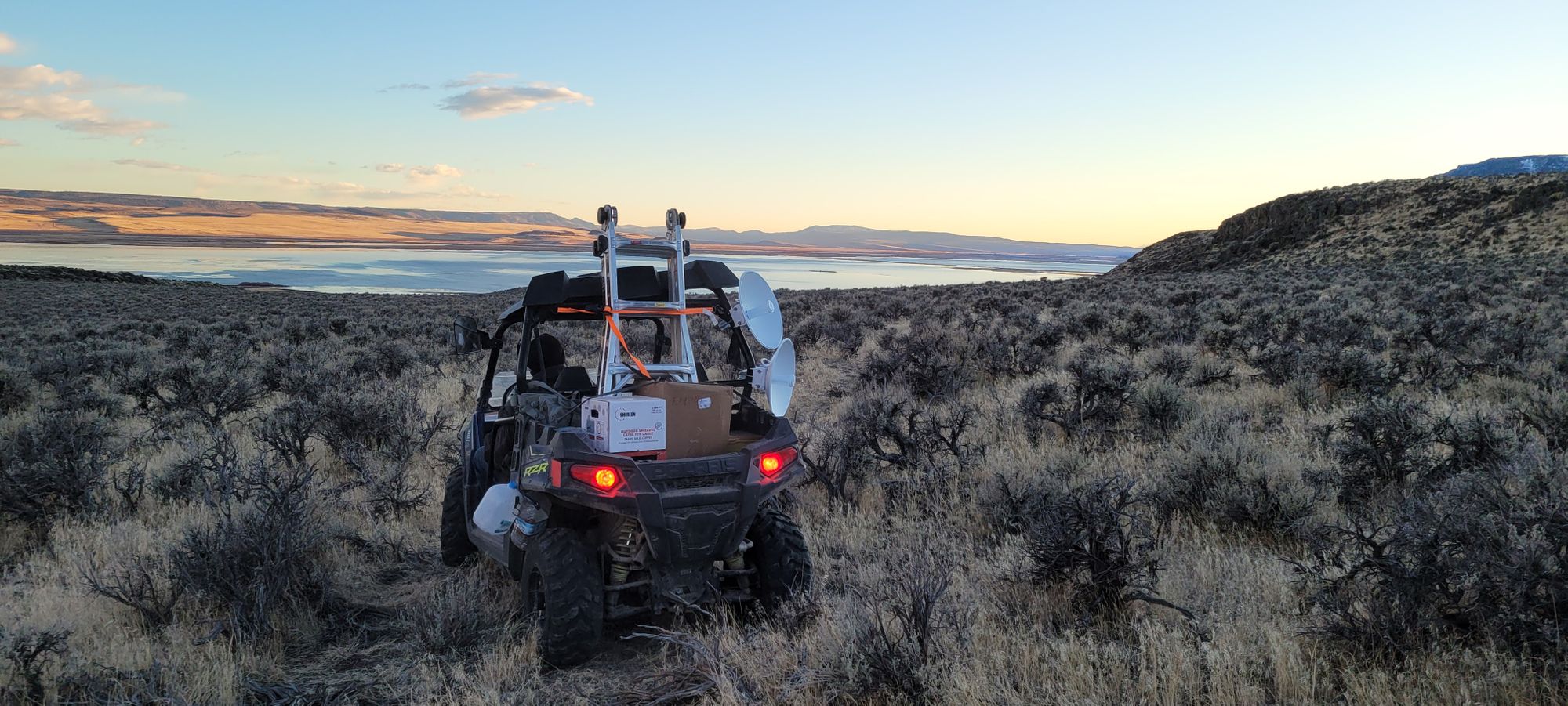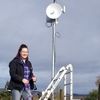Althea in 2020
2020 has been a banner year for Althea. With enormous progress and a forward looking future.
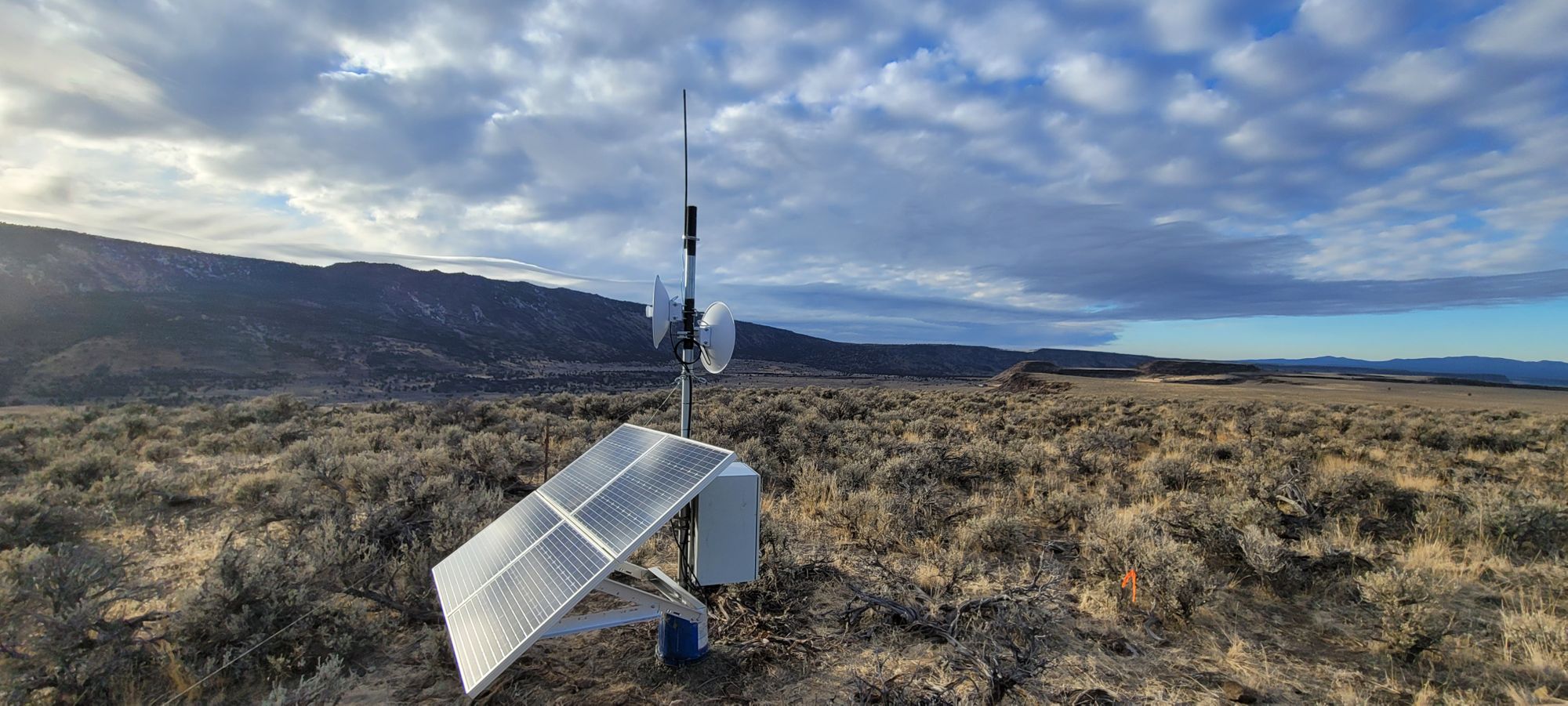
TL;DR
- Our original test network grew from a few dozen subscribers in one town, to hundreds of subscribers stretching across 30 linear miles and encompassing 5 towns.
- Other network operators built networks throughout the US, as we refined the process of planning, deploying and growing networks, and by year’s end we had live networks in six states and Nigeria.
- Althea’s unique ability to coordinate and incentivize users for hosting hardware enables the coordination and cost of numerous 5G small cells possible.
- Partnering with NetEquity.net we are developing a series of financial products, similar to the financing for solar build outs, that makes user owned Fiber to the Home not only a reality, but a scalable, repeatable process, which funnels an on-going source of capital into gigabit fiber networks.
- We learned that not only could we build a payment layer that seamlessly on-boarded average internet consumers and transmitted payments to upstream providers in a permissionless, peer-to-peer way, but also that this same system could provide financial freedom to a great number of under-banked people. All of the power of a distributed bandwidth marketplace and home bank in one Althea box.
- Althea partnered with Iqlusion and others in the Cosmos ecosystem, to build the Peggy bridge and we closed 2020 with a fully functional test net and moving transactions from Ethereum to Cosmos and back again.
- In the first quarter of 2021, we look forward to the much anticipated launch of the Althea blockchain! The Althea blockchain enables a seamless funnel for capex, that aligns the incentives of users and shareholders.
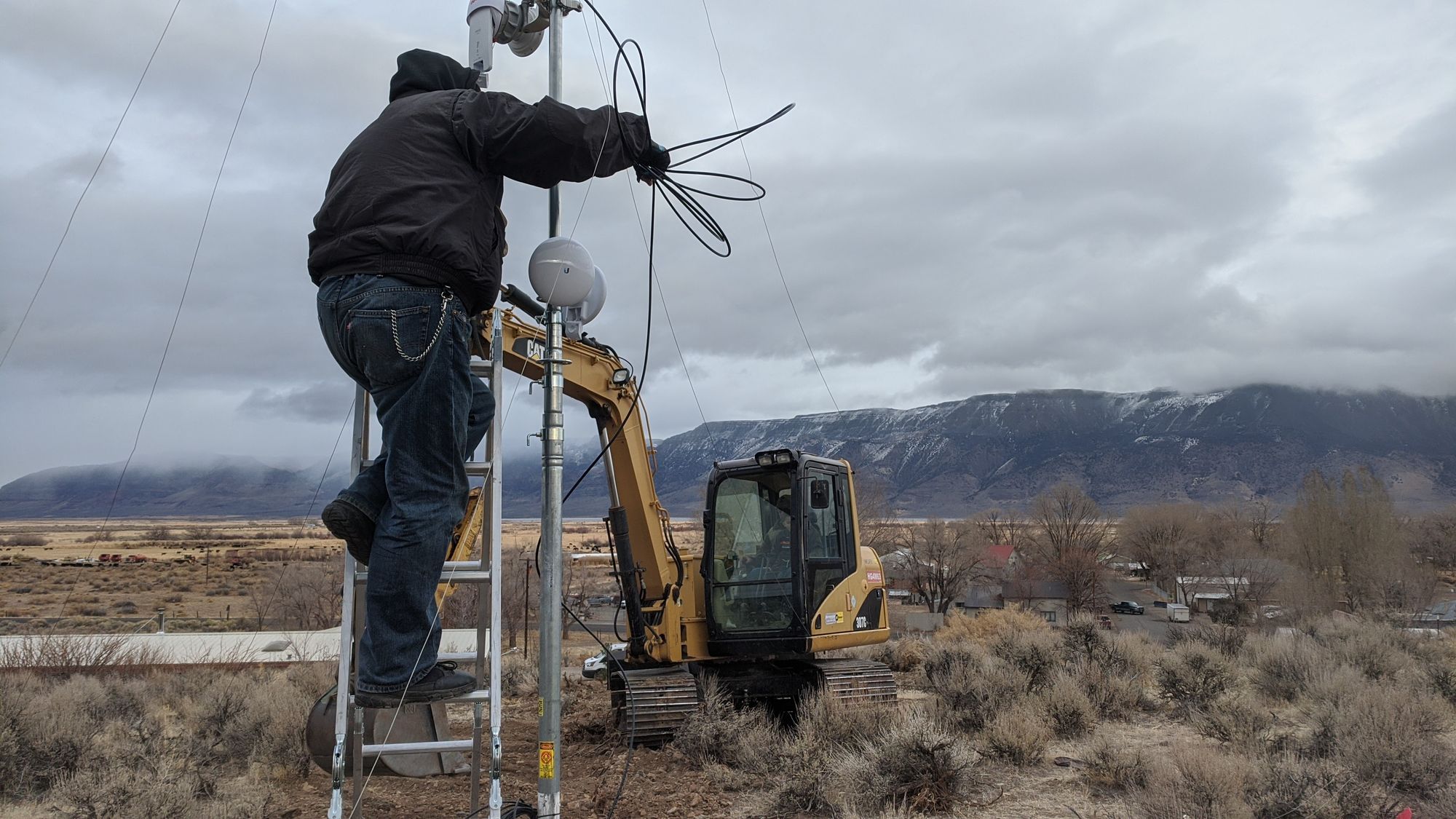
2020 was quite a year, and one that accelerated the transformation to a digital environment. This change towards distance learning, telehealth and zoom based work also highlighted what many of us working in broadband already knew - The digital divide between those who have access to great internet and those who do not, is actually a gaping chasm. Those who have access to low cost, high quality internet and those who do not is not only about the strands of glass or other infrastructure - in fact 40% of the US doesn’t access the internet at broadband speeds.
The last mile infrastructure as we know it now is brittle and siloed, making each connection to your home or device a monopoly. Althea imagines a different and better world - the same open marketplace that telecom carriers enjoy at the core of the internet, the IX, brought all the way down to your home or even your mobile device. Your router selects and pays the best upstream provider on a second-by-second basis. This unique cooperative vision also empowers many new entrants to participate and earn revenue for hosting different parts of the infrastructure of the network, enabling a multi-stakeholder model for a network, instead of the centralized and monopolized structure we see today.
This multi-stakeholder model utilizes existing vertical assets and infrastructure, like homes, businesses, or farms, to build these decentralized networks which results in networks that can be built much faster and with less capex than the existing, legacy models. Throughout 2020 we iterated on this core concept with fixed wireless networks. Our original test network grew from a few dozen subscribers in one town, to hundreds of subscribers stretching across 30 linear miles and encompassing 5 towns.
Other network operators built networks throughout the US, as we refined the process of planning, deploying and growing networks, and by year’s end we had live networks in six states and Nigeria. Althea networks are interconnected and decentralized - providing failover across multiple backhaul connections and seamlessly switching without end user disruption.

On Christmas eve 2020 we went live with a network in the desert of SE Oregon, a very remote area with challenging hills and bluffs, proving that Althea can be built quickly and affordably just about anywhere. We have many more network operators looking to start networks in 2021 and are excited about the path to a fully operationalized network deployment process.
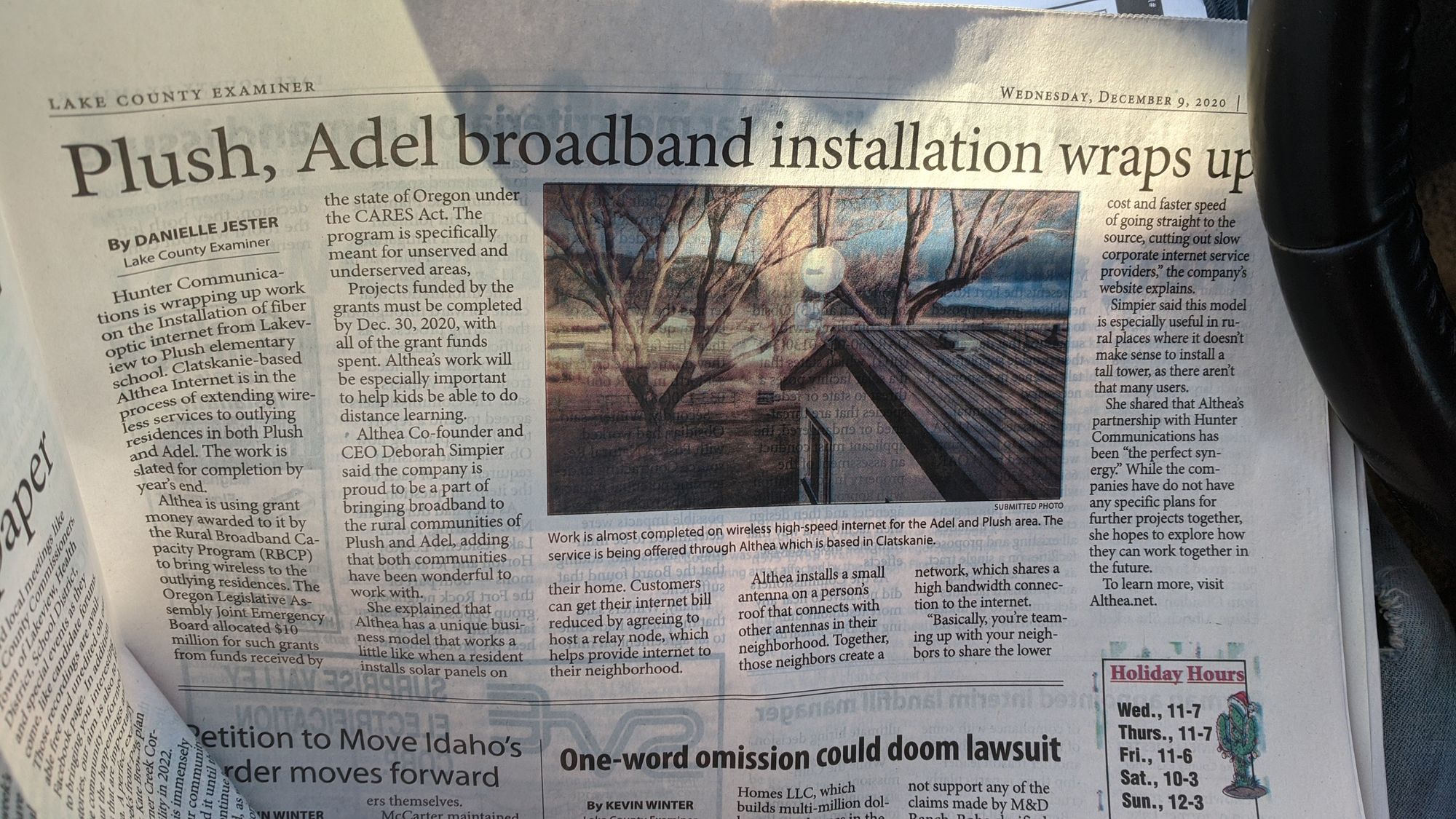
The real excitement is seeing the full stack of Althea networks coming to fruition. From fiber run along the middle mile and to the home, then an interconnected fixed wireless, and finally, distributed LTE to the device level. This past year we have laid the foundation, partnering with the University of Washington and the Tacoma Althea network, we began to deploy and test different distributed core infrastructure (open5gs.org) with the Althea stack, deploying user-owned LTE infrastructure to the home. The right-of-way complexity of deploying large scale 5G networks has been the singular issue to mass 5G roll out. Althea’s unique ability to coordinate and incentivize users for hosting hardware enables the coordination and cost of numerous 5G small cells possible.
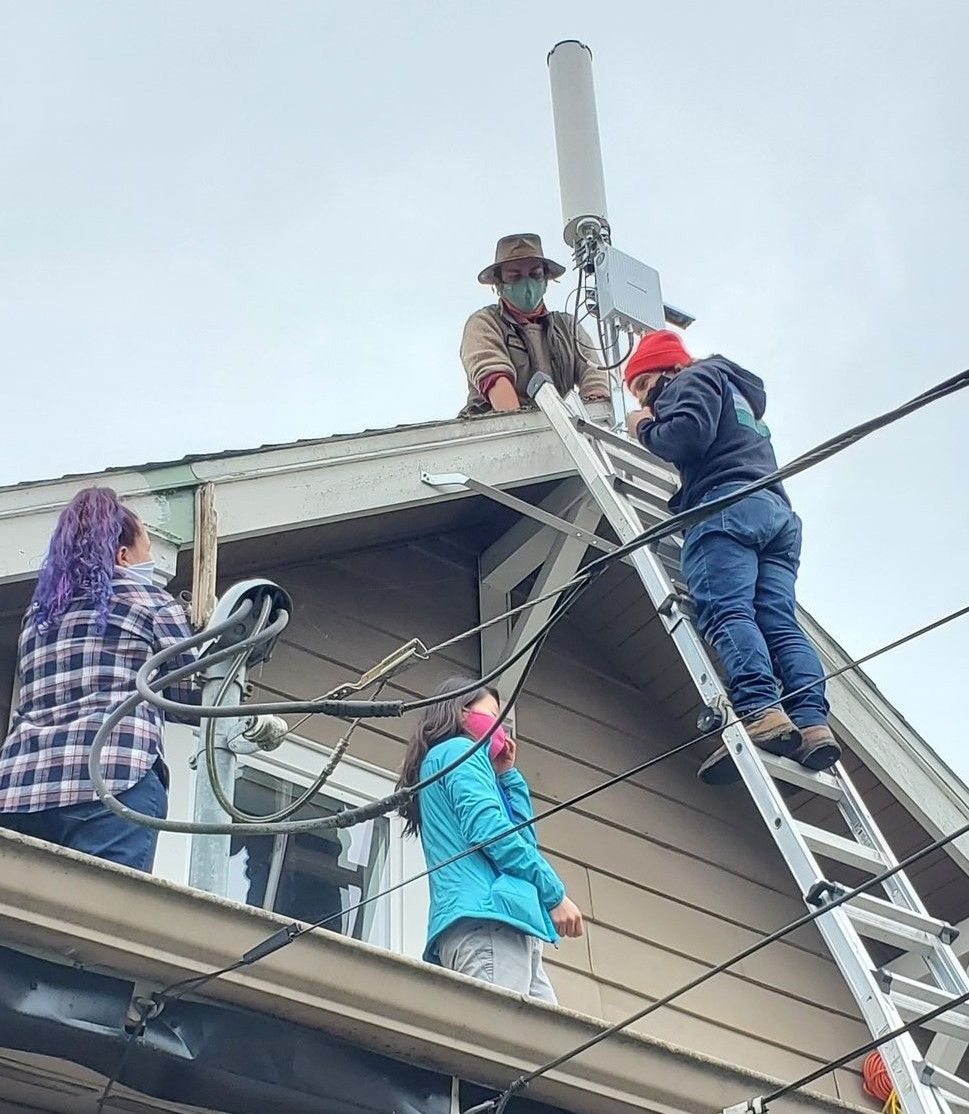
Another important upcoming milestone is user-owned, Althea fiber infrastructure. Partnering with NetEquity.net we are very excited to build some of the first user-owned incentivized fiber networks. In fixed wireless Althea networks, users buy $200-$400 worth of antennas and can use this hardware to earn revenue, reducing their cost for bandwidth or earning income. Fiber networks can be built in similar ways, although the initial cost is higher - $1500 - $3000. Partnering with NetEquity.net we are developing a series of financial products, similar to the financing for solar build outs, that makes user owned Fiber to the Home not only a reality, but a scalable, repeatable process, which funnels an on-going source of capital into gigabit fiber networks. These dense fiber networks move the middle mile from the legacy telcos to the home, pushing open access, Althea networks from the core to the end user.
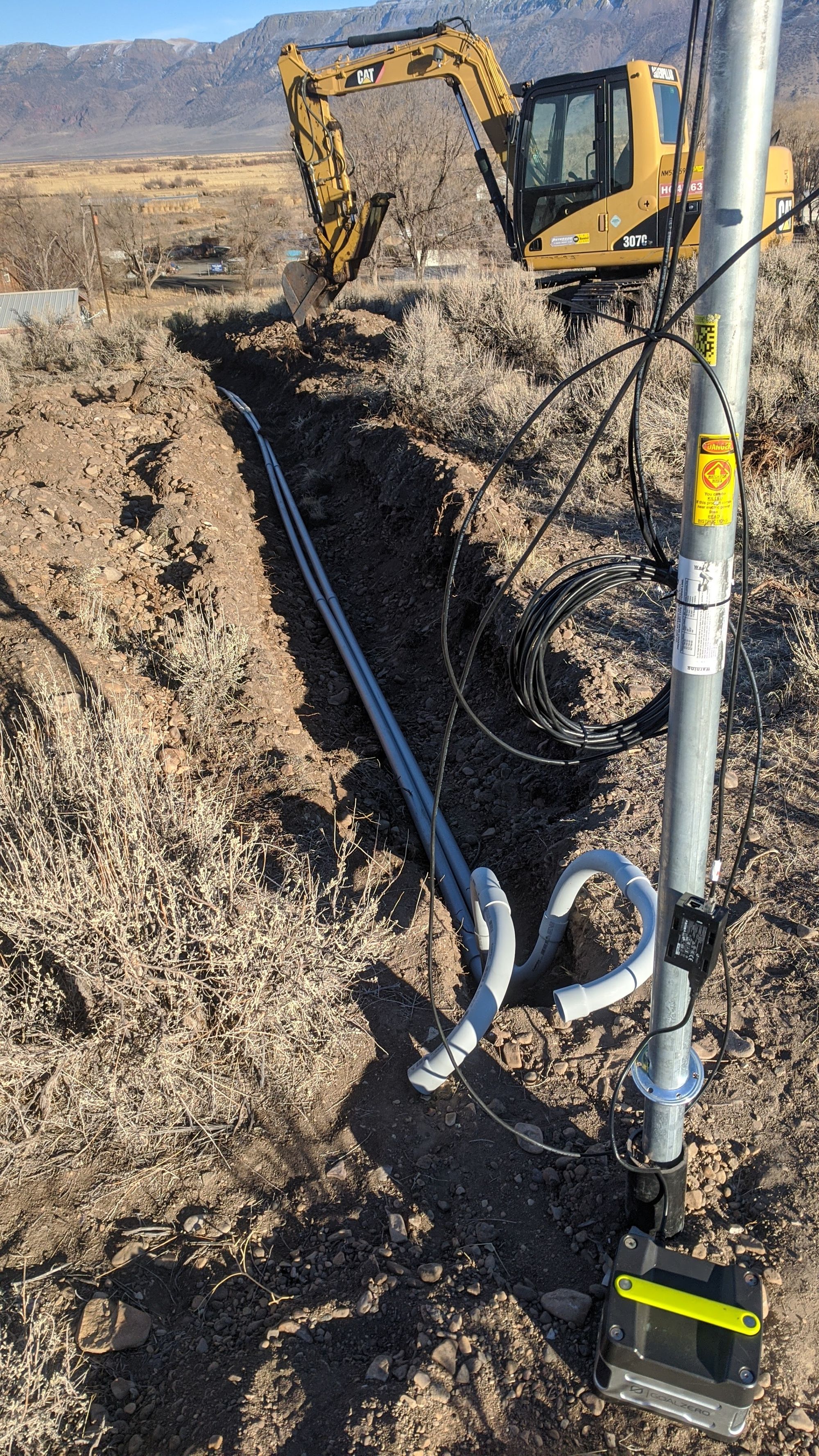
The Althea decentralized and multi-stakeholder network revolutionizes how bandwidth is bought and sold. This open bandwidth marketplace spans hardware, technology, infrastructure and borders. The Althea blockchain is the only blockchain built for the needs of this robust, extremely reliable global network.
Over the last year, we have rolled out network after network using existing blockchain technology, such as Ethereum and xDai, so that end users can use a debit card to easily buy Ethereum that bridges seamlessly to the stable xdai currency. From these experiences, we learned that not only could we build a payment layer that seamlessly on-boarded average internet consumers and transmitted payments to upstream providers in a permissionless, peer-to-peer way, but also that this same system could provide financial freedom to a great number of under-banked people.
The biggest surprise of maintaining and operating an internet network, was how many people were using the corner store for their daily banking activities, and that these same users were loading several hundred dollars into their routers. The Althea blockchain will enable these same users to do things like earn interest and take out a collateralized loan, empowering them with the financial freedom of banking all from their Althea router. All of the power of a distributed bandwidth marketplace and home bank in one Althea box.
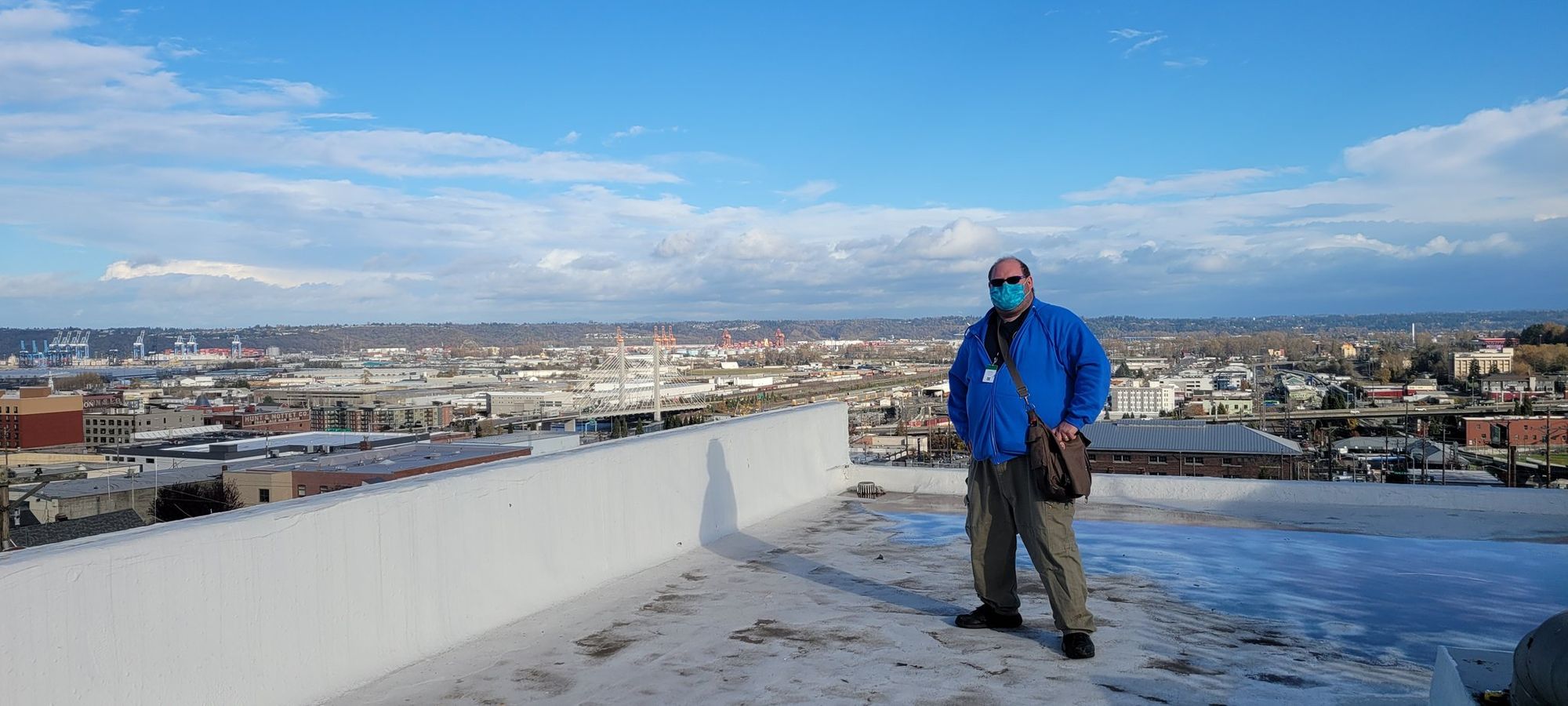
To build this interoperable platform, we needed to build the Althea blockchain on the interoperable blockchain platform, Cosmos. For that, we needed a bridge from the ease of on-boarding and decentralized finance of Ethereum to a lower transaction cost and sovereign Althea blockchain, built on Cosmos. So, we set to work in earnest building the first decentralized Ethereum to Cosmos bridge, Peggy. Althea partnered with Iqlusion and others in the Cosmos ecosystem, to build the Peggy bridge and we closed 2020 with a fully functional test net and moving transactions from Ethereum to Cosmos and back again. From this collaboration, we formed a lasting partnership that will build, maintain, and develop bridges and decentralized finance on the Cosmos platform for years to come.

In the first quarter of 2021, we look forward to the much anticipated launch of the Althea blockchain! The Althea token distribution plan focuses on progressive decentralization, ensuring an always-on robustly engineered platform that then progressively decentralizes the ownership of the network. This fairly allocates tokens to the 8400 airdrop participants, early investors, and new token holders and enables an exit to the community over time.
This plan is the elegant solution to funding the capex of network build out and operation, without the untenable debt that legacy telcos carry. The reality is that the legacy telco models do not work for anyone - they take on debt to build large monopolized infrastructure systems with rent that is too high, creating broken systems for users and shareholders alike. The Althea blockchain enables a seamless funnel for capex, that aligns the incentives of users and shareholders.
We will also be hosting incentivized test nets, with a “honey pot” of Cosmos’ Atoms in the Peggy bridge for those who participate or who can capture the funds. After testing and auditing we will be navigating existing users to the Althea blockchain.
Althea, the platform of an open bandwidth marketplace, is ready - we have iterated on the build, operation, and market potential of decentralized networks in the field. In 2021 we will boldly launch the internet infrastructure and payment layer of the future, setting in motion something beyond our team. Myself, Justin, Jehan and the crew at Althea will continue to build tools and support the functionality of the network, but this distributed system will grow into a greater self-sustaining and governed system that will fund and support not only the internet as we know it today, but infrastructure capable of providing faster and more affordable internet for everyone.
Join us for our upcoming Demo Day, presented by UnifiDAO on January 13th!
AMA - Starting your Althea network with Justin Kilpatrick, Deborah Simpier, and introducing Stephen Shumaker - January 20th!
Discord *** Twitter *** LinkedIn
